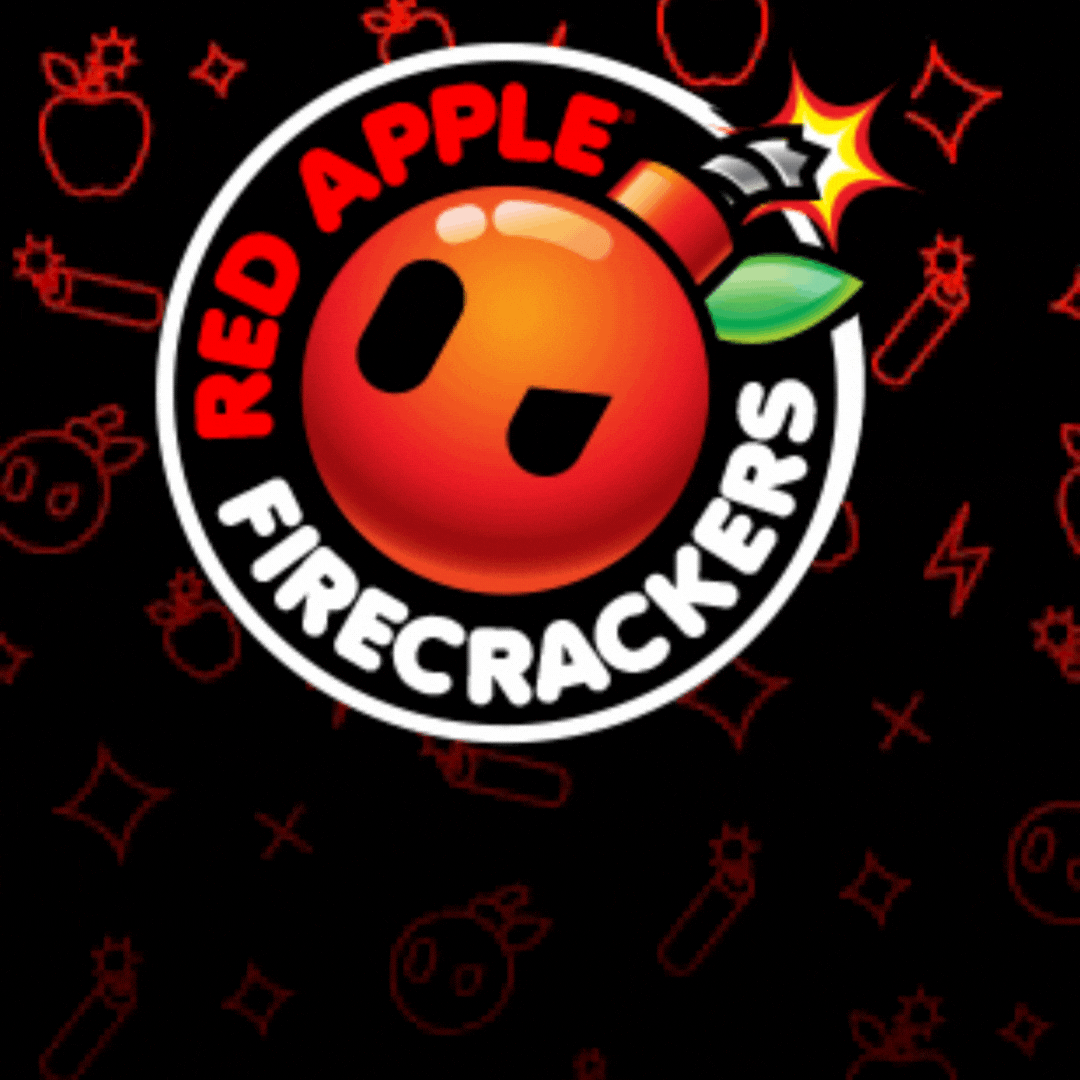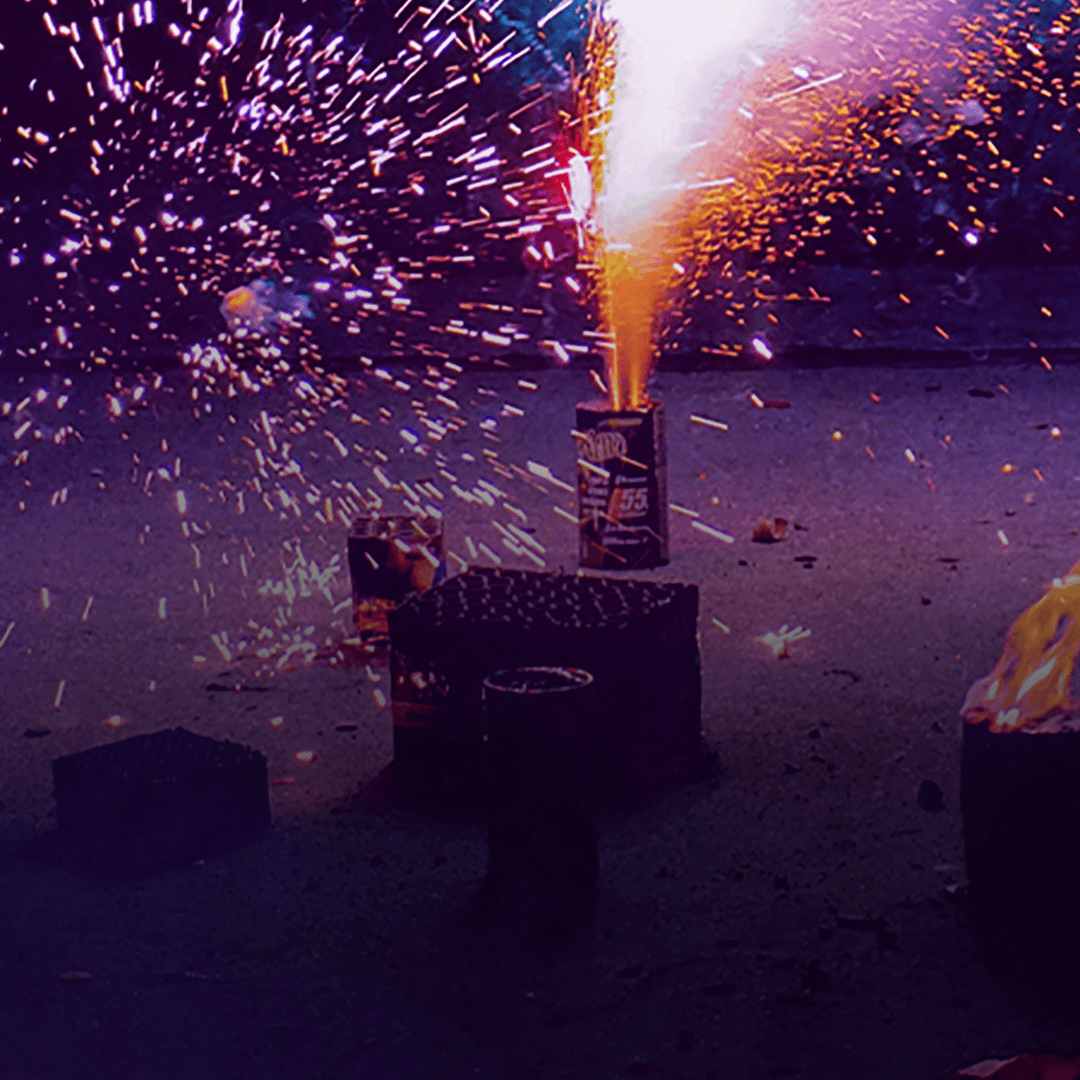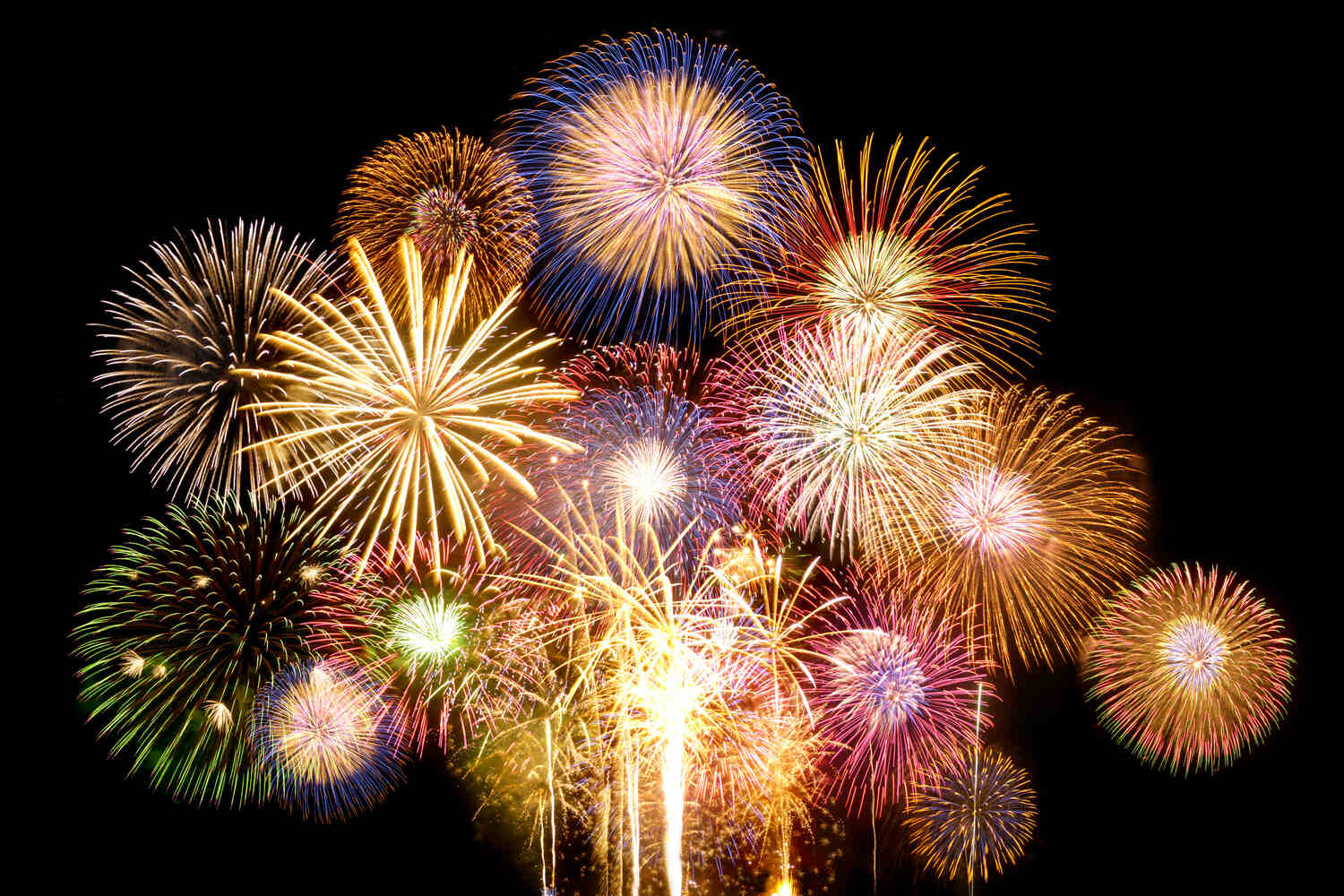There's something magical about fireworks—the colorful sparks, the loud booms, and the way they light up any celebration.
At Red Apple Fireworks, we love fireworks just as much as you do. But have you ever wondered, how are fireworks made?
Today, we're pulling back the curtain to reveal how fireworks come to life, ensuring your holidays and special events always end with a spectacular bang.
The Role of Black Powder
Every firework is made up of a few core components: a shell or casing that holds the internal materials, a fuse that controls ignition timing, black powder (also known as gunpowder) that propels the firework into the sky, and chemical compounds that create the vibrant colors and special effects.
A common question we hear is, "is there gunpowder in fireworks?" The answer is yes—black powder is the driving force behind the lift-off, the burst, and the brilliant bang that makes every firework unforgettable.
What this article covers:
- The Manufacturing Process of Fireworks
- Types of Fireworks and Their Creation
- The Chemistry Behind Firework Colors
- How Sound Effects Are Created in Fireworks
- Safety and Quality Control in Firework Production
The Manufacturing Process of Fireworks
Now that we've covered the ingredients, let's dive into where are fireworks made and the process that brings these dazzling displays to life.
Fireworks are traditionally produced by experienced professionals in specially regulated factories around the world, particularly in China, famous for centuries of fireworks tradition.
The Step-by-Step Process of Making Fireworks
First, professionals carefully measure and blend the black powder and color chemicals. Next, the mixtures are carefully packed into shells or tubes, layer by layer.
Afterward, fuses and ignition systems are installed. Each step is meticulous, as precision ensures safety, quality, and awe-inspiring results.
How Firework Shells Are Assembled
Fuses are essential for timing.
They’re made of black powder coated onto string or paper, ensuring fireworks ignite at the right moment after launch. Without a reliable fuse, the firework might misfire or explode too early.
Types of Fireworks and Their Creation
Different occasions call for different types of fireworks. Let's explore two main categories: aerial shells and ground-based fireworks.
Aerial Shells
Aerial shells launch skyward and burst beautifully overhead. They're designed with layers that burst sequentially, creating breathtaking patterns.
These shells require precise timing and careful construction, as their spectacular effects rely on perfectly choreographed chemical reactions.
Ground-Based Fireworks: Sparklers and Fountains
On the other hand, ground-based fireworks like sparklers and fountains offer dazzling fun without soaring sky-high.
Sparklers include metals like aluminum or iron filings mixed with a binding agent, producing shimmering sparks.
Fountains combine chemicals that create colorful jets and sprays, safely lighting up your backyard.
The Chemistry Behind Firework Colors
Firework colors are purely chemical reactions. Each chemical compound burns at a specific temperature, producing colored light.
For instance, sodium compounds yield yellow, while calcium creates rich orange shades. At Red Apple Fireworks, we meticulously select compounds that produce vibrant, consistent colors every time.
How Sound Effects Are Created in Fireworks
To create exciting bangs and whistles, fireworks manufacturers carefully control pressure and ignition rates.
Tightly packed compositions create loud explosions, while chemicals packed inside narrow tubes generate shrill whistles. This combination keeps your fireworks show thrilling from start to finish.
Safety and Quality Control in Firework Production
At Red Apple Fireworks, your safety always comes first. Firework manufacturing requires stringent safety and quality-control protocols.
How Firework Manufacturers Keep You Safe
Professionals work in specialized facilities, following strict safety guidelines.
Fireworks factories operate with controlled humidity and temperature levels. Workers wear protective equipment and carefully monitor the handling of volatile chemicals.

What Quality Control Looks Like at Red Apple
Every firework at Red Apple undergoes rigorous testing. Experts check for quality construction, correct chemical composition, proper fuse functionality, and consistent performance.
This meticulous attention ensures every firework lights perfectly, giving you peace of mind and a spectacular display.
Conclusion
Fireworks manufacturing is both an art and science.
From carefully mixing chemicals to assembling shells, every step is thoughtfully orchestrated to guarantee safe, thrilling fireworks shows.
At Red Apple Fireworks, we proudly deliver premium-quality fireworks designed to dazzle families, event planners, DIY enthusiasts, and seasonal celebrators alike.
If you're looking for spectacular fireworks to go with your next special occasion or holiday, look no further than our finale fireworks and firecrackers collection.
These are designed to give your event a lasting impact and provide an unforgettable visual experience for everyone involved.
Want to make your fireworks displays even better? Join the Club Red Apple® and save up to 25%! By becoming a member, you unlock explosive benefits that take your fireworks experience to the next level.
It’s a membership program made for true fireworks enthusiasts who want access to premium discounts and insider perks. So, why wait? Level up your fireworks game with Red Apple Fireworks today!
If you want to learn more, check out these articles below:
-
What Are Firework Fuses Made of?
- How to Light Fireworks
- When Were Fireworks Invented?
- First American Fireworks
- Facts About Fireworks
- Why Do Celebrate with Fireworks?
- How Do Fireworks Get Their Color?
- What Element Makes Purple Fireworks?
- What Element Will Give Fireworks Their Yellow Color?
- What Makes Fireworks Blue?
- Which Metal Ion Is Responsible for the Red Firework?
- How Does a Firework Work?
- What Chemicals Are Used in Fireworks?
- What Minerals Are Used to Make Gold Sparks Fireworks?
- What Three Processes Cause Fireworks to Emit Light?
- What Problem Occurs If the Firework Mixture Is Not Pure?












Leave a comment
All comments are moderated before being published.
This site is protected by hCaptcha and the hCaptcha Privacy Policy and Terms of Service apply.